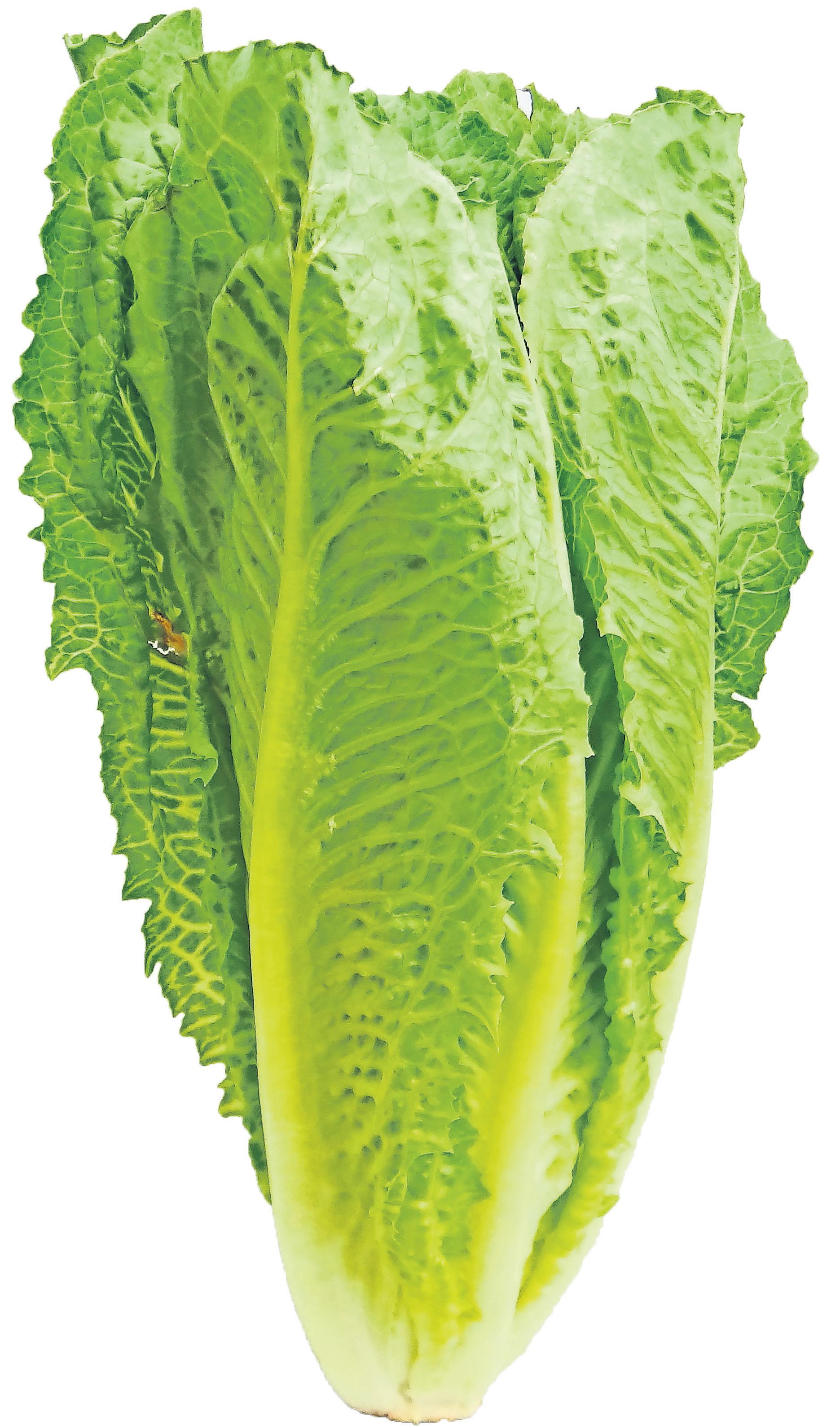
2 minute read
Lettuce grow!
from 01272023 WEEKEND
by tribune242
Good day, gardeners. We still have a couple of months of cool evenings and that means that vegetables and leafy greens can continue to be planted for the next few weeks.
When seeding things, it is always best to put down far more seed than one may imagine they’ll need. It’s always better to have too much than too little. Sharing with family or friends is a gift of the garden.
Advertisement
Now, for you all who “don’t garden”, or that may be convinced that you’ve not got a green thumb, don’t believe it! Lack of time would be a determining factor in success or failure when seeding or planting anything.
When someone asks me, well, why don’t you do x, y, or z? The only answer I can ever give is lack of time, and most likely followed by, too many things on the list. There are only so many hours in the day.
The days are getting longer, and that is something that I enjoy, as one of my favorite times in the garden to myself is in the evenings when the birds are getting their last snacks and drinks for the day, chirp ing away and fluttering about.
There is a certain peace that I get when I am able to spend time to myself in the garden, that is unique. Some people have time to grow quick crops such as lettuce. Anyone can do it, even if one believes that they “don’t have a green thumb”.
We have many school children bring their parents in to buy supplies for school projects that require quick cycle, easy to grow plants, and lettuce is often one of the first recommenda tions. Lettuces can even be grown on a windowsill.
I’m not talking about the bitter lettuce that regrows from a store-bought head lettuce. I’m talk ing about sweet, tender, homegrown lettuce. When we seed lettuce, it can be used as micro greens or baby greens if one doesn’t have the confidence to grow it on to large leaf mature stages.
When I grow Romaine lettuce, for example, I most often start picking the leaves when they get to a few inches tall, as I simply want to enjoy it without having to grow it all the way through its lifecycle. It is easier for me, and less worry about what bugs may be eating it, or leaving it too long so that it turns bitter as older lettuces tend to do.
An associate of mine, farmer Phil has put down many trays of lettuce seed this week and he, amongst many others are there to assist with anyone that is interested in starting their own garden to produce the easy to grow things that most of us enjoy consuming.
The hydroponic outfits that exist locally produce great lettuces that are delicious and inexpensive compared to imports. As mentioned one of the fun things about lettuce is that it can be eaten at any stage, unlike tomato for example that has to be grown to maturity in order to enjoy the fruits of one’s labor.
For the beginner, or the person who is convinced that they do not have a green thumb: we are all here to help. A simple demonstration may be all one needs to become successful at growing their own lettuce! It is important to start with the right ingredients: a container, a pack of seeds, and a soil mix that is not too heavy, preferably a purpose-built mix that is labelled for starting seeds.
A bit of water, a few days with some indirect or filtered sunlight, a few nutrients, and bam. Edible lettuce. For lettuce that is just emerging from seed, liquid fertilizers such as a soluble 20-20-20 are recommended as they are in a form that is immediately useable by the plant and is suitable for use all the way through the growing cycle. You can do it! Grow on. As always, I wish you happy gardening.
• Adam Boorman is the nursery manager at Fox Hill Nursery on Bernard Road. You can contact him with any ques- tions you may have, or topics you would like to see discussed, at garden-











